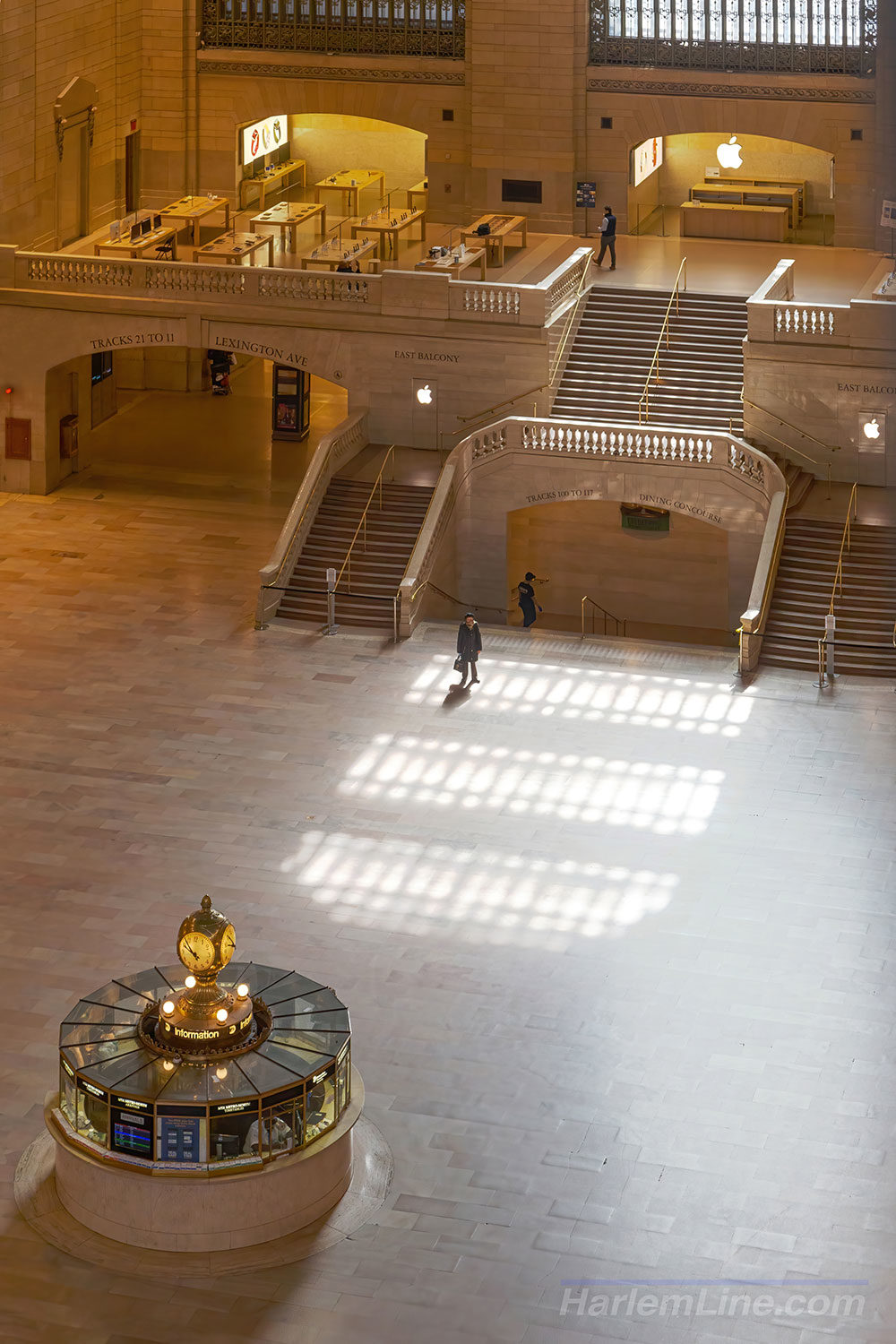It’s that time again… that loathed period of the year when we change our clocks and lose an hour of sleep. Our world today is thoroughly regulated by time, but it wasn’t always that way. Time was once more fluid, independently existing at the local level by simply observing the sun, or by watching a prominent neighborhood clock—that one in the town square, perhaps. To the railroads, time was essential. Schedules were to be kept, and inaccurate timekeeping could, and did, lead to accidents. The oft-mentioned mantra is that every railroad rule is written in blood, and that included even time itself. A railroadman’s slow watch led to an 1853 head-on train crash in Rhode Island, which entered the public consciousness as the first railroad crash to ever be photographed. More than fifty railroad time zones were eventually established, and railroads set strict requirements for employees to use the most accurate of timepieces, to be inspected for reliability regularly.
By the 1880s the multitude of railroad time zones across the country were consolidated into five, and eventually a coordinated system of global time zones was adopted. Some fought the idea, disagreeing with what felt like the railroads regulating everyday life, but ultimately standardized time became law with the Standard Time Act of 1918.

Grand Central’s two prominent clocks—the Tiffany glass clock on the Terminal’s façade, and the brass clock in the Information Booth—have kept time for over a hundred years, despite even being shot during a riot. These two sentries have stood watch over countless events occurring over a century-plus of time, including the pandemic that we are still experiencing. It is hard to believe that the above photo was captured almost exactly a year ago, when Grand Central had become practically a ghost town. In a way, it was eerie to see the light filled Terminal with hardly a soul visible—it wasn’t long after rush hour, yet no one was scrambling to get anywhere.
Times are changing. Vaccinations may finally put the pandemic in the past, and over the span of many months more and more people have found themselves back aboard the trains. If you haven’t been on board lately, the majestic brass clock will be standing by for when you decide to return. Just don’t expect to see the racks of timetables wrapping the info booth anymore, as Metro-North will no longer be printing them as a cost saving measure. The times, they are a changing…


The improvements in timepiece technology are amazing. Railroad watches used to be very expensive, yet still required regular servicing by a skilled watchmaker (railroads had them on staff). They still needed to be set to an accurate time source every day.
Today, our cellphones offer the time with no effort on our part. Cheap electronic watches keep good time.
As an aside, in some large cities the telephone company once offered a time service. Dial a number and get the correct time. Before it was discontinued in Philadelphia, SEPTA (the transit agency) suggested passengers use the service to ensure their watches were correct.
As an aside, years ago Western Union offered a time service. Many businesses, especially the railroads, subscribed and had a Western Union clock that was controlled by time signals. Here is an example of a WU ad for their time service, from 1946.
https://archive.org/details/Nations-Business-1946-12/page/n100/mode/1up
The IBM company once offered clock systems. Indeed, many school buildings had IBM clocks. In the late 1950s IBM felt the clock business didn’t fit in with its growing computer business and sold it off. Here’s a 1952 IBM ad:
https://archive.org/details/Nations-Business-1952-05/page/n103/mode/1up
(you may scroll through the rest of these magazines. Interesting view of the business world of that era.)